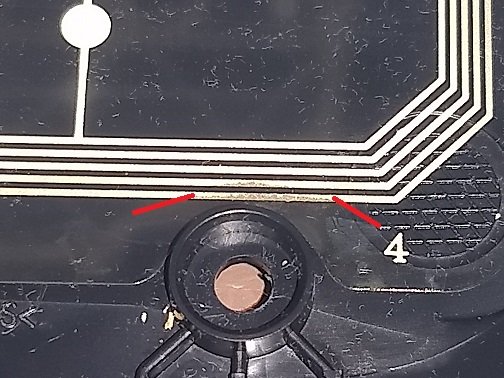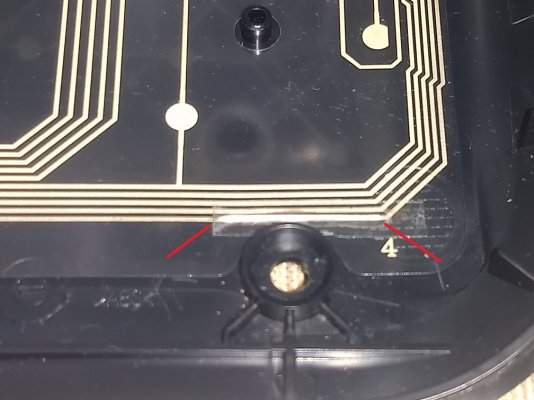doneat54,
please don't take this the wrong way but thanks for the great laugh this morning
I only laughed because this sounds just like something I would do and have done in the name of stubborn, hard core DIY pursuits.
I hope it all turns out well for you in the end.
I could probably write several episodes like this myself!
please don't take this the wrong way but thanks for the great laugh this morning
I only laughed because this sounds just like something I would do and have done in the name of stubborn, hard core DIY pursuits.
I hope it all turns out well for you in the end.
I could probably write several episodes like this myself!


